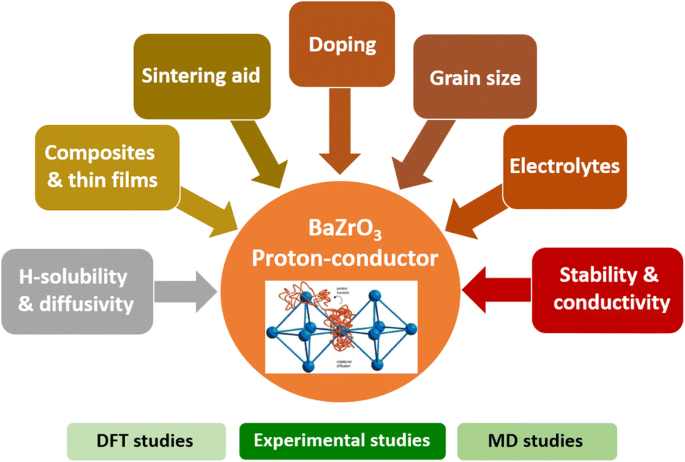In the pursuit of continuous technological innovation, scientists have been exploring the properties of new functional materials. Among these, lanthanide sesquioxides, such as yttrium oxide (Y2O3), have garnered significant attention due to their unique and interesting properties. In this study, we report a joint experimental and theoretical investigation of the structural, vibrational, and photoluminescent properties of pure and Eu3±doped Y2O3 nanoparticles with two very different average sizes (6 nm and 37 nm) at high pressure (HP) using a multi-technique approach.
The Quest for New Functional Materials
The development of new functional materials has been a driving force in technological innovation. Lanthanide sesquioxides, such as Y2O3, have been found to exhibit unique properties that make them attractive for various applications, including optical, catalytic, and electronic applications. The interest in Y2O3 stems from its non-toxicity, biocompatibility, and natural abundance, making it an attractive material for biomedical and environmental applications.
The High-Pressure Behavior of Y2O3 Nanoparticles
In this study, we have investigated the high-pressure behavior of Y2O3 nanoparticles with two very different average sizes (6 nm and 37 nm) using a multi-technique approach. Our experimental results show that the behavior of nanoparticles under compression depends on the average particle size. Nanoparticles with an average particle size of ~37 nm exhibit the same pressure-induced phase transition sequence (C-B-A) on upstroke and (A-B) downstroke as the bulk sample. In contrast, nanoparticles with an average particle size of ~6 nm undergo an irreversible pressure-induced amorphization (PIA) starting above 16 GPa, with full amorphization observed above 24 GPa.
To understand the influence of the average nanoparticle size on their high-pressure properties, we analyzed our experimental results in light of previous experimental and theoretical results for bulk and nanosized Y2O3 at high pressure. Our theoretical calculations using Density Functional Theory (DFT) and the Vienna Ab-initio Simulation Package (VASP) show that the C-type phase of bulk Y2O3 is the most stable phase at ambient pressure, while the B-type phase becomes more stable at higher pressures. Our results also show that the A-type phase is not stable at ambient pressure, but becomes stable at higher pressures.
Implications for Materials Science
the study provides new insights into the high-pressure behavior of Y2O3 nanoparticles and highlights the importance of considering the average particle size in the design and development of new functional materials. The results of our study have important implications for the design and development of new materials with unique properties. For example, the ability to control the high-pressure behavior of nanoparticles could lead to the development of new materials with improved optical, catalytic, and electronic properties.The joint experimental and theoretical study provides new insights into the high-pressure behavior of Y2O3 nanoparticles and highlights the importance of considering the average particle size in the design and development of new functional materials. Our results show that the behavior of nanoparticles under compression depends on the average particle size, with nanoparticles with an average particle size of ~37 nm exhibiting the same pressure-induced phase transition sequence as the bulk sample, while nanoparticles with an average particle size of ~6 nm undergo an irreversible pressure-induced amorphization. Our study provides a fundamental understanding of the high-pressure behavior of Y2O3 nanoparticles and has important implications for the design and development of new functional materials.



